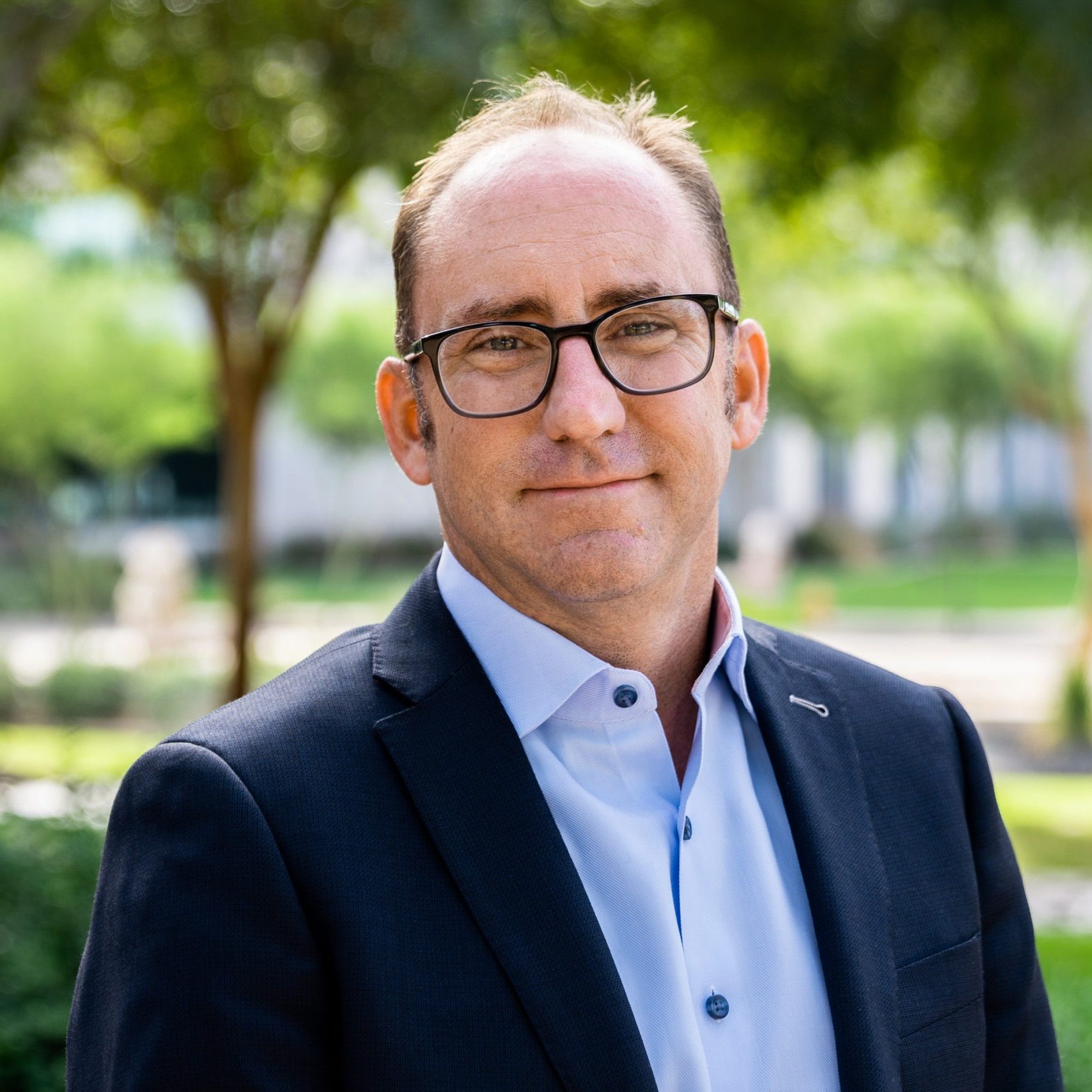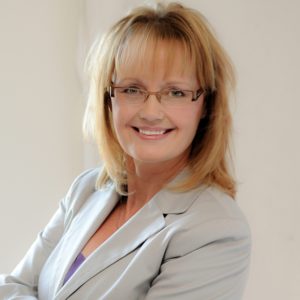Strategies to Combat Ageism in Senior Care Settings

Richard Ashworth, CEO, Tivity Health
When the World Health Organization released its Global Report on Ageism in March of 2021, the report drove home how startlingly widespread, and how devastating, ageism is. Ageism encompasses stereotypes, prejudices, and discrimination toward others and ourselves that is based on age. According to the report, every second person in the world may have moderately ageist attitudes, and approximately 6.3 million cases of depression worldwide are believed to be related to ageism.
The Effects of Ageism on Seniors
Richard Ashworth, CEO of Tivity Health, explains that the effects of ageism are widespread. “Ageism negatively effects seniors across a broad range of activities, from customer service and social interactions to the workforce and in media portrayals,” he says. “Numerous studies measure the many ways health research and essential healthcare is limited or withheld from older populations because of ageism. In addition, ageism is associated with increased social isolation and loneliness, a public health issue that is very important to us at Tivity Health.”
Ashworth notes that while studies on ageism in long-term care settings are limited, ageism’s prevalence in society suggests that it could also be a challenge in residential care settings.
Strategies to Combat Ageism in Senior Care Settings
Senior care organizations can support healthy aging and combat ageism in multiple ways. Ashworth notes that social interaction, physical activity, and mental enrichment are valuable in counterbalancing ageism. “These same positive experiences and engagements engender a sense of accomplishment, control, and agency among seniors that empower them to advocate for themselves,” he says.
“Our flagship brand, SilverSneakers, was developed 30 years ago to celebrate aging and help seniors live their best lives,” says Ashworth. During the pandemic, SilverSneakers Pulse national surveys revealed evolving trends that were related to the increased adoption of technology.
He notes that the latest survey indicates that one of four members do exercise videos or participate in live classes on the internet, while many participants enjoy virtual and in-personal classes. “The increased adoption of digital tools such as virtual fitness opens more channels to combat negative aging stereotypes and offer seniors more opportunities to engage with their peers and others in healthy activities,” he says.
Strategies for Raising Staff Awareness of Ageism
He also recommends that organizations approach ageism strategically and work closely with staff to combat ageism. “We must raise awareness, provide high-quality and consistent training for employees, encourage regular discussion, and create channels for reporting,” he recommends. Ashworth notes that ageism thrives when it is left unchecked. “Proactive, regular communication and training are a first step, along with a long-term commitment to build an equitable environment.” Organizations should encourage dialogue around ageism and make sure to include residents in that conversation.
“With any discriminatory activity, organizations should have anonymous channels for sharing concerns and well-documented protocols to report and resolve complaints,” he recommends.
Ashworth is a member of the board of directors of the American Society on Aging, and combatting ageism is one of the society’s strategic priorities. “Some of our recommendations include exploring cross cultural views on aging, portrayals of aging at the individual, community and national levels and reframing how we talk about aging and older people,” he explains.
“To implement initiatives to address these priorities on a national scale, we’ll need to build awareness, foster intergenerational dialogue and connection, and provide training,” he says. “It’s no different in the workplace – you assess where you are, set goals for where you want to be, and create a plan to get there.”
Looking to the Future
While the World Health Organization report highlights the global prevalence of ageism, Ashworth notes that there is cause for hope. “With 10,000 people aging into Medicare every day, older adults make up a significant percentage of our population and contribute to our families, workplaces, and communities in countless ways,” he says. “I’m encouraged that so many companies and organizations that serve older adults are beginning to prioritize the issue of ageism and take steps to ensure that our seniors are treated fairly and have the same opportunities as younger generations.”

Paige Cerulli is a contributing writer to i Advance Senior Care.
Related Articles
Topics: Activities , Administration , Featured Articles , General Technology , Medicare/Medicaid , Policy , Resident Care , Technology & IT , Training











